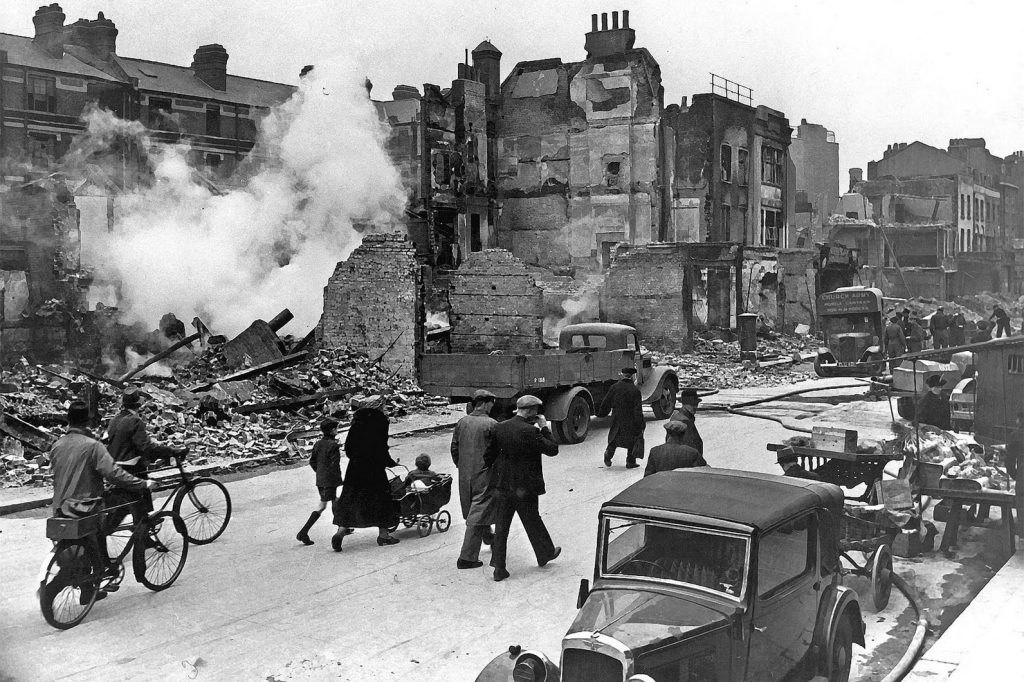
En 1922 Lewis Mumford publicó The Story of Utopias, un estudio crítico del pensamiento utópico a lo largo de la historia que se convertiría en el punto de partida de su reflexión teórica. En este texto, Mumford contrapone las «utopías de reconstrucción» a las «utopías de escape», dos conceptos que permiten abordar un análisis de las utopías clásicas desde el que reorientar nuevos ideales.
La “utopía de escape” surge como sustituta del mundo exterior: un refugio frente a la realidad donde evadirnos de la insatisfacción de lo cotidiano. Al no perseguir un cambio, esta forma de utopía no altera el mundo exterior, concentrándose en la construcción de una alternativa privada modelada según nuestros sueños. La “utopía de reconstrucción”, por su parte, emerge también desde el deseo de un mundo mejor, pero acepta la realidad como punto de partida al tiempo que aspira a cambiarla: no ofrece un sustituto privado, sino que propone un proceso de transformación de lo real para superar colectivamente las limitaciones del entorno. Así, esta reconstrucción no se limita a la superficie del mundo físico, y profundiza en la naturaleza humana para incorporar toda su complejidad e imperfección. Se trata, en definitiva, de un ideal de lo posible basado en una estrategia de transformación, opuesta a la sustitución que proponen las “utopías de escape”.
De acuerdo con Mumford, el conjunto de las utopías clásicas se caracteriza por un progresivo abandono de la realidad, de modo que la «utopía de reconstrucción» no sería tanto una categoría de clasificación como una propuesta de cambio. Mumford expresa, mediante este concepto, la necesidad de reconciliar las dos mitades escindidas de la personalidad humana para alcanzar una síntesis entre el interior y el exterior del hombre: entre la subjetividad del anhelo de un mundo mejor y lo objetivo del mundo real, entre idealismo y empirismo; entre pensamiento y acción. Dicha síntesis debería nacer de una profunda revisión de nuestro concepto de progreso y así, frente al carácter lineal de un tiempo sustitutivo basado en la máquina, propone un tiempo acumulativo fundamentado en la vida y la historia. En esta concepción del tiempo, la relación entre las dimensiones subjetiva y objetiva del hombre se produce según una oscilación entre «materialización» y «eterealización», donde las ideas se concretan progresivamente en hechos que generan nuevos significados. Este trabajo analiza la evolución del concepto de «utopía de reconstrucción» formulado por Mumford a través de su obra.
Ponencia defendida en el Congreso Internacional de Arquitectura y Critica Critic/all,Madrid junio de 2014 y publicado en sus actas digitales y en papel.
In 1922 Lewis Mumford published The Story of Utopias, a critical study on the Utopian thinking throughout history which would become the starting point for his theoretical reflection. In this text Mumford compares the “utopias of reconstruction” to the “utopias of escape”, two concepts which allow the approach to an analysis of classical utopias from whence new archetypes can be launched.
The “utopia of escape” is born as a substitute for the external world, a shelter before reality where we can evade the discontentment of our daily routine. This form of utopia does not contemplate a transformation, but rather leaves the outer world as it is to focus on the building of a private alternative shaped according to our wishes. The “utopia of reconstruction” also emerges from the wish for a better world, but accepts reality as a point of departure while aiming to change it. In this case it does not propose a private substitute, but offers instead a process of transformation of said reality in order to collectively overcome the limitations of the environment. This reconstruction not being restricted to the surface of the physical world, it explores the human nature to incorporate all of its complexity and imperfection. It deals, in sum, with an ideal of the possible based upon a strategy of transformation, rather than the substitution of the “utopias of escape”.
According to Mumford, classical utopias are characterized by their progressive disregard for reality, and so the “utopia of reconstruction” would not be a category of classification as much as a proposal for change. By means of this concept Mumford expresses the need to reconcile the two divided halves of the human personality, thus reaching a synthesis between man’s inner and outward sides: a fusion of the subjectivity of the dreams for a better world and the objectiveness of the real world, of idealism and empiricism; of action and thought. Said synthesis should rise from a deep revision of our concept of progress and, as opposed to the lineal character of a substitutive time based on the machine, propose a cumulative time based on life and history. In this conception of time, the relationship between man’s objective and subjective lives oscillates from “materialization” to “etherealisation”, letting ideas progressively become facts while the latter generate new meanings. This study analyzes the evolution of the “utopia of reconstruction” concept as formulated by Mumford throughout his life’s work.
Lecture delivered at the International Conference on Architectural Design and Criticism – Critic All, Madrid July 2014 and published in digital and paper recordings.

